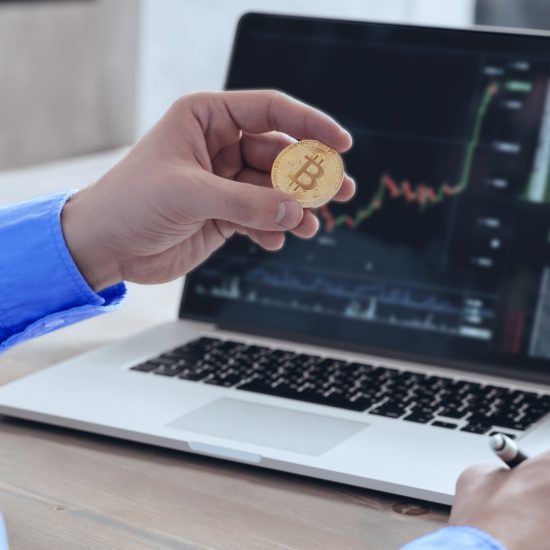|By Arabian Post Staff|
Banks in the Gulf Cooperation Council (GCC) should continue to breathe a little easier in the year ahead. Barring any major increase in geopolitical risk or a sharp fall in oil prices, 2019 should mark a stabilization of GCC banks’ financial profiles, following three years of significant pressure, Standaard & Poor’s said in its latest review.
What’s more, with the transition to IFRS 9, GCC banks have now recognized most of the impact of the softer economic cycle on their asset quality. S&P, therefore, believes that the amount of problematic assets, which it defines as IFRS 9 Stage 2 and 3 loans, will likely remain stable, but does not exclude transition between the two categories.
The situation in Qatar will continue to depend on how the boycott on the country by its GCC neighbours evolves. “We expect GCC economies to show stronger economic growth in 2019 of about 2.8% (unweighted average of Saudi Arabia, Kuwait, the United Arab Emirates, Qatar, Bahrain, and Oman). However, this growth will still be below the triple-digit oil-price era growth of 2011-2013. We therefore expect lending growth to remain at around the mid-single digits. At the same time, we think that cost of risk will stabilize at around 1.0%-1.5% of total loans. Thanks to IFRS 9, the buffer of provisions that GCC banks accumulated over the past years is now stronger. The new reporting standard, adopted from the start of this year, required banks to set aside provisions in advance, based on their loss expectations. Finally, we think that GCC banks’ profitability will stabilize. It will benefit from the higher interest rates and the significant amount of non-interest-bearing deposits sitting on banks’ balance sheets,” the rating agency said.
Supporting the ratings, banks in the GCC continue to display strong capitalization by global standards, albeit with signs of qualitative deterioration. Over the past year, S&P has affirmed ratings on most of the 24 banks it rates in the GCC. It has taken a few negative rating actions, most of them on banks in Bahrain and Qatar. One bank in the UAE was upgraded based on the view of its higher systemic importance and higher expected government support. Overall, 25% of our rated banks in the GCC currently have a negative outlook, two-thirds of which are in Qatar, due to the potential effect of the boycott on Qatari banks’ funding profiles, asset quality, and profitability. There are also a couple of other banks elsewhere in the GCC, where higher risks from their international operations drive our negative outlook.
Higher oil prices and stronger public investments are resulting in higher economic growth across the GCC in 2018. S&P forecasts that oil prices will stabilize at about $65 per barrel in 2019 and $60 in 2020, and it anticipates unweighted average economic growth of 2.8% in 2019-2020 for the six GCC countries. This is less than a half of what they delivered in 2012, but more than five times higher than their performance in 2017.
Growth in lending recovered slightly, reaching an annualized 4.7% at midyear 2018. It expects a slight acceleration in the next two years barring any unexpected shock. Higher government spending, supported by strategic government initiatives, will support the lending growth. Nevertheless, a surge in geopolitical risk or a significant drop in oil prices, and ensuing delays of some of these initiatives and in overall consumer confidence, could severely affect the base-case scenario.
Also published on Medium.





